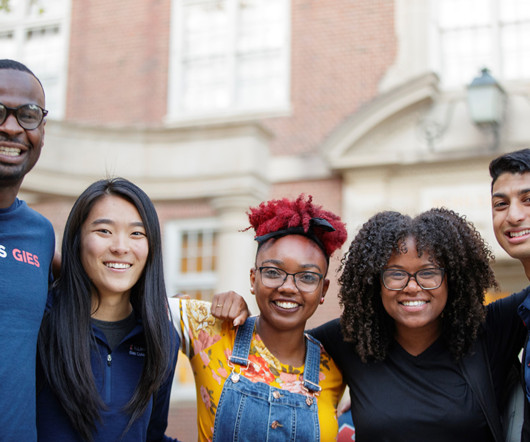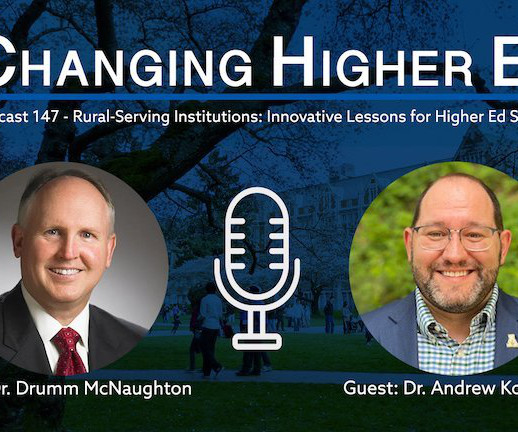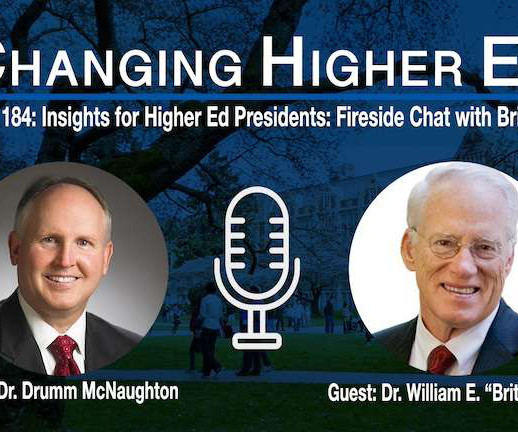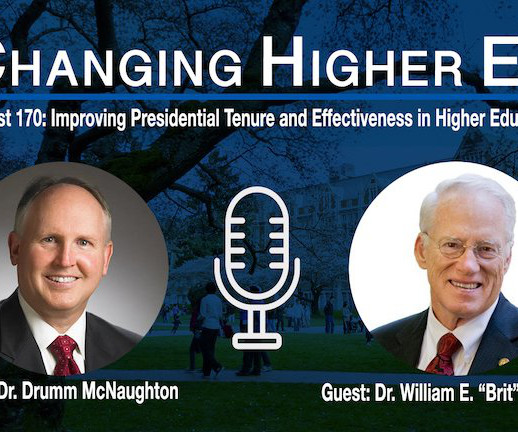Profiling Some of the Institutions With the Most Minority Business Graduates
Diverse: Issues in Higher Education
JUNE 5, 2023
While there are many undergraduates and graduate students aiming for careers in banking or finance, there are also entrepreneurs, innovators, people interested in hospital administration, and others seeking positions at nonprofit organizations. In terms of retention, Carter says hiring supportive faculty is a huge component. “We











Let's personalize your content